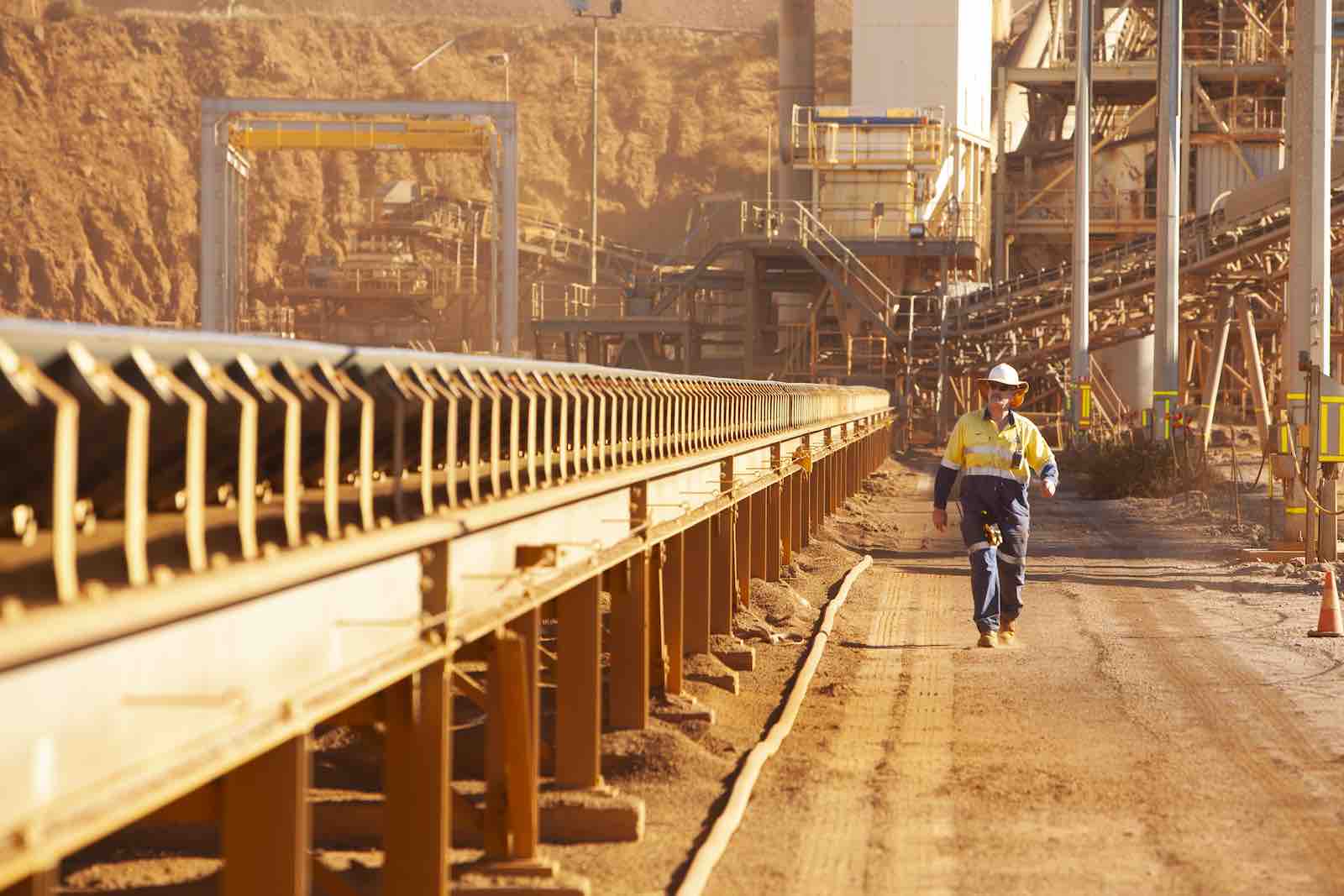
Conveyor systems are designed to move bulk materials efficiently from one place to another – without the use of traditional modes of transport such as trucks or rail cars. Changes of grades and or direction are called transfer points and it is at these points (as well as the final discharge point) that dust is often generated. Conveyor systems are commonly used in mining, quarrying or tunnelling activities. Conveyor belts function either by powered or under gravity – although in large-scale operations powered is most common. The following points must be monitored to avoid spillage and dust generation in the material handling (1) Belt wandering, or misalignment is the major cause of spillage, (2) Idlers and pulleys should be aligned, levelled and square to centerline prior to loading the belt, (3) The correct loading of the belt should be distributed in the centre of the belt.
In this article we examine the subsequent points:
The conveyor belt is the carrying medium of a belt conveyor system and is used to move burdens and bulk materials. The major types of conveyor belts used in the mining, quarrying, and tunnelling industry are:
Managing dust on conveyors is either by covering, wetting, or filtering. Covering is basically by shrouding the conveyor belt; transfer points or possibly even by enclosing the whole system in a large shed. Wetting with water alone is also commonly attempted using directional sprays or even misted water sprayed directly onto the material or into the surrounding atmosphere. Thirdly, dust collectors and filters such as bag filters, wet filters, and electrostatic precipitators are used to capture and separate dust. According to the degree of cleanliness of air required, filters will either be coarse or fine.
The first consideration in dust control should always be the minimization of the amount of dust created. For example, if the energy released by the falling stream of material at the impact area can be reduced, then less energy will be imparted to the material, and the fewer dust particles created or driven off. Consequently, it is best to design conveyor systems with minimal material drop distances. The size and cost of the transfer point enclosure and the other components of a conveyor’s dust management system are directly related to the volume of air that must be pulled thought the system. An understanding of air movement through the transfer point will allow the designer much greater success in controlling the release of fugitive dust particles. A slight negative pressure is wanted inside the enclosure. This condition allows for air to be pulled into the enclosure so that fines and airborne dust are retained in the structure, rather than carried out. This requires a large dust collection system because the airflow created by the movement of material through the transfer point generates positive pressure through the system. The collection system exhaust air volume must be equal to or greater than the rate of air movement.
GRT implements a combination of chemistry and particle size in making water work for conveyor and transfer point dust suppression. GRT products such as GRT Activate suppress dust by wetting the material to an optimal moisture content, preventing fines from being carried off into the air, or to the air above the material, to return airborne fines to the material bed. The incentive to using GRT products is that the material does not have to be handled again. The suppressed dust returns to the main body of conveyed material and on into the process, without requiring additional material handling equipment.
The various dust suppression technologies offered by GRT require different amounts of moisture to the materials. In making water work, the fines are sprayed over the body material as they lay or as they are being picked up into the air. The weight of each dust particle is increased so it is less likely to become airborne. The moisture increases the cohesive force of the material body itself, creating larger, heavier groups of particles and making it more difficult for air movement to carry off fines. Nozzles from the GRT automatic dosing units spray the material at a point where the material expands and takes in air, such as during discharge from the head pulley in a transfer chute. GRT products that make water work can be applied to create a curtain around a transfer point, so any dust fines that become airborne meet the super activated water sprays surrounding the open area. The super activated water droplets are expected to bind the dust fines, increasing their mass to remove them from the air stream.
One unequivocal point of view that must firmly be accepted across the mining and quarrying is that dust must be suppressed at its source. A combination of particle size and chemistry enables effective dust suppression at conveyor and transfer points. GRT advocates for eliminating dust at its source which it follows up in practice through the provision of dust suppression technologies that deal with dust at its point of generation.
Your feedback is important to us. If you enjoyed reading this Global Road Technology industry update and found it informative, please let us know by leaving a REVIEW.
Are environmental regulations, health and safety concerns or potential profit loss a concern right now?
Contact Us Now